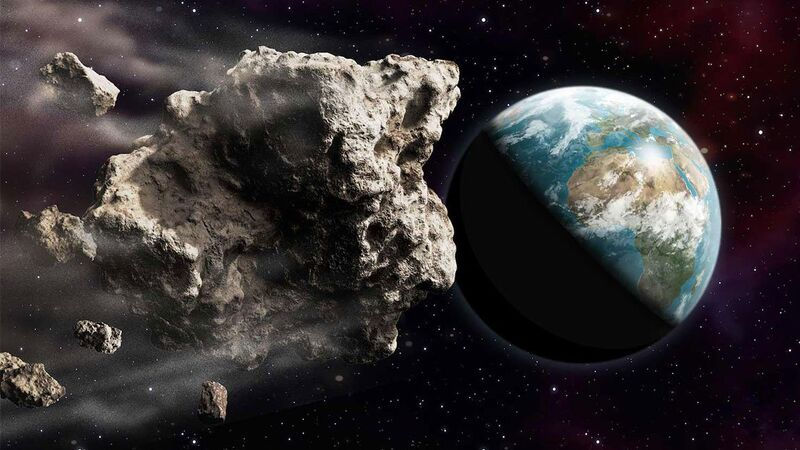Apophis will not collide with Earth in 2068
- milkylander
- Mar 29, 2021
- 2 min read

The asteroid Apophis, passed in early March at a safe distance from Earth. Having an orbit of about 11 months around the Sun, it is expected to pass close to Earth again in 2029 and again at a safe distance. However, there were risk scenarios for his return in 2068.
But now, new calculations have ruled out the possibility of a collision with Earth in 2068, leading to the removal of Apophis from the ESA and NASA danger list.

With the support of recent visual observations and additional radar observations, the uncertainty in the Apophis orbit has dropped from hundreds of kilometers to just a few kilometers by 2029. This significantly improved knowledge of its position in 2029 provides greater certainty about its future moves, so we can now remove Apophis from the danger list. A conflict in 2068 no longer belongs to the realm of probability and our calculations do not show a risk of conflict in the next 100 years. - Davide Farnocchia, Center for Near-Earth Object Studies, NASA.

Astronomers have been observing Apophis for 17 years and its orbit in space is now clear. Forecasts for 2068 spoke of a passage of 38,000 kilometers, a distance 10 times closer to the Moon. At this distance there were concerns that the Earth's gravity would affect its orbit, increasing the chances of a collision.
Had Apophis collided with Earth, it would have destroyed hundreds of kilometers of lightning in a flash, releasing energy from hundreds of nuclear bombs. Ionospheric disturbances would be global and would last for hours. If it fell into the ocean, it would create a tsunami up to 100 meters. In no case would it destroy civilization, but the consequences of a conflict would be enormous, especially if it fell on a densely populated city. Of course we would have time for its timely evacuation, but it would create the first "space refugees", as well as millions of environmental migrants.
When 2029 passes again, scientists will have the perfect opportunity to study with each modern instrument its size, shape and rotation speed, for even greater accuracy in their predictions in the future.
When I started working on asteroids after college, Apophis was the definition of a dangerous asteroid. There is a sense of satisfaction when you see it removed from the danger list and we look forward to the new data we will discover when 2029 passes again. - Davide Farnocchia, Center for Near-Earth Object Studies, NASA.





Comments